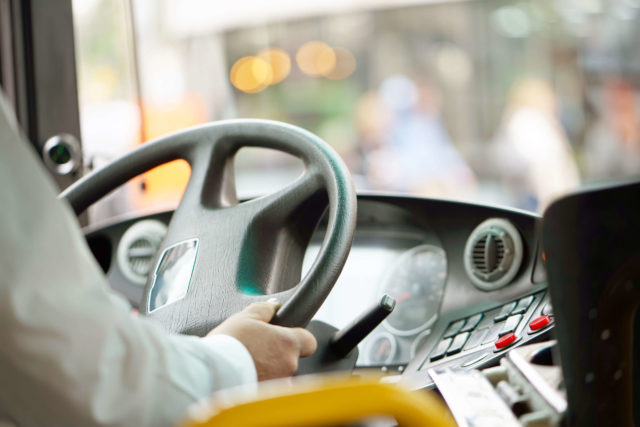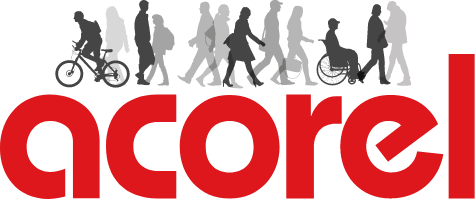Public transportation is constantly evolving to meet the needs of passengers. One of the trends is the personalization of the travel experience. Public transportation companies are increasingly recognizing the importance of providing services that cater to individual passenger needs, focusing on comfort, convenience, and satisfaction. Thanks to technological advancements, it is now possible to personalize every step of the journey, from planning to arrival at the destination.
How to personalize the passenger’s travel experience ?
Customized Travel Planning
Personalizing the travel experience starts with the planning process. Passengers can now use intuitive mobile applications to plan their itineraries, taking into account their personal preferences. They can choose their destinations, check public transportation schedules, and even customize their routes based on their specific interests. This personalization offers greater flexibility and makes passengers’ lives easier.
Comfort and Convenience During the Journey
Once aboard public transportation, passengers can enjoy a level of comfort and convenience tailored to their preferences. Modern transportation systems offer adjustable seats, power outlets, free Wi-Fi, and even dedicated spaces for passengers with specific needs, such as those with reduced mobility or families with young children.
Personalized Real-Time Services
Public transportation operators are also using advanced technologies to offer personalized real-time services. Through mobile applications, passengers can receive information about delays, platform changes, or potential disruptions on their route. These personalized services enhance passenger satisfaction and make the journey more enjoyable.

How can automatic counting be used for personalizing the passenger travel experience ?
In the field of public transportation, personalizing the travel experience has become a top priority for operators who aim to offer superior service to their passengers. An emerging technology, automatic counting, plays a crucial role in this personalization. By enabling the collection of precise data on passenger travel habits, automatic counting paves the way for a tailored, smoother, more comfortable, and efficient travel experience.
Accurate data collection on passenger flows
Automatic counting in public transportation relies on precise systems for detecting and analyzing passenger flows. These systems use technologies such as sensors, cameras, and software with the aim of collecting accurate data on the number of passengers or people onboard. The collected information includes peak hours, popular destinations, waiting times, frequent transfers, and more.
Personalization of service offerings
Thanks to the data provided by automatic counting, public transportation operators can personalize their service offerings based on passengers’ preferences and expectations. For example, if a particular station is frequently crowded during peak hours, measures can be taken to increase the frequency of trains or buses at that time. By adapting the service offerings in real-time, public transportation operators can significantly enhance the passenger travel experience.

Managing Waiting Times
Waiting is one of the most frustrating aspects for public transportation passengers. Thanks to automatic counting, it is possible to use real-time data to inform passengers about expected waiting times. Additionally, complementary services can be offered during waiting times, such as information kiosks, relaxation areas, or food outlets. This personalization helps make the travel experience more enjoyable and less stressful for passengers.
Enhancing Safety and Comfort
Automatic counting also improves passenger safety and comfort. By having precise knowledge of the number of passengers onboard vehicles, companies can adjust capacity in real-time to avoid overcrowding and ensure compliance with safety standards. Moreover, counting data can be used to analyze ridership trends and improve schedule planning, reducing waiting and travel times for passengers.
For more information, click here
